Inside The Secret Society of White House Social Secretaries
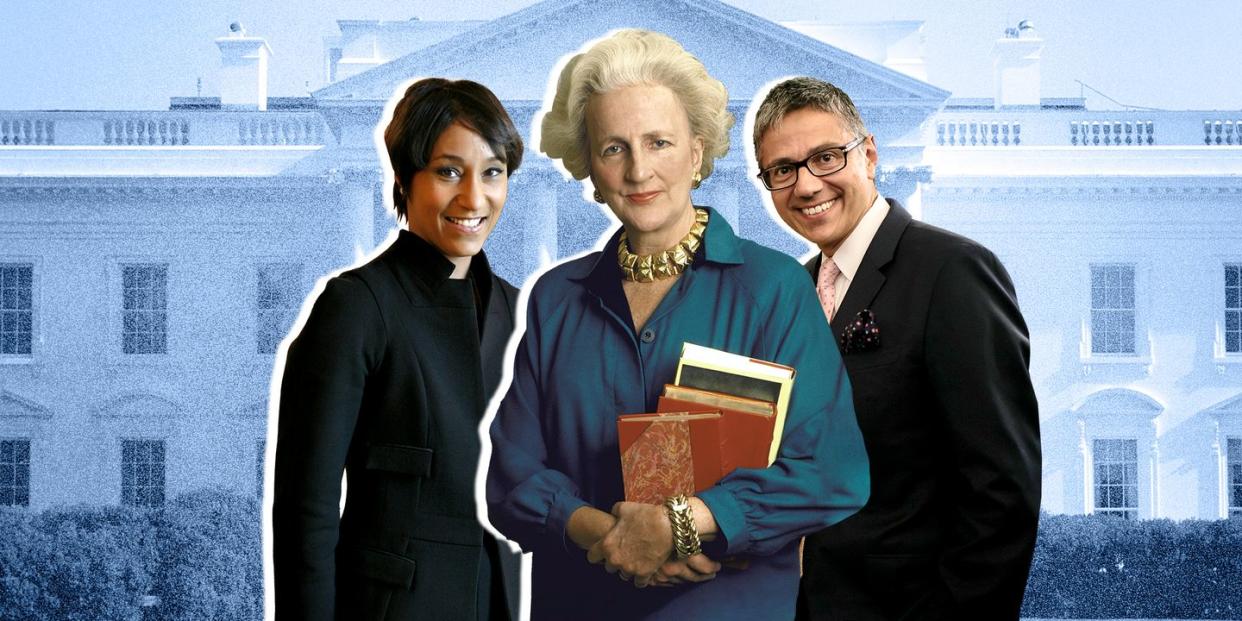
Years ago, during a former presidential administration, there was a dinner at the White House honoring a prominent patron of the arts. His twenty-something stepsons were seated on either side of a celebrity who was then, and remains now, a household name. She was not pleased. “She took one look at the seating and called over the White House social secretary and said, ‘I do not find this to be appropriate seating. I do not know these people,’” recounts one of the stepsons (as long as no one’s identity is revealed). “The secretary said, ‘These are the sons of the honoree of the evening and if you are not comfortable, we suggest you not stay.’ Of course, she did stay.”
This is the job of the White House Social Secretary. It’s a position whose holder has to navigate the fine but distinct line between graciousness and boundaries—often for some of the most powerful (self-appointed or otherwise) people in the world. “You have to be a shock absorber,” says Lea Berman, who was Social Secretary from 2004 through 2007 working out of Laura Bush’s offices in the East Wing. “We are the blame takers. Because there are always more people who want to come to the White House than there is space for them.”
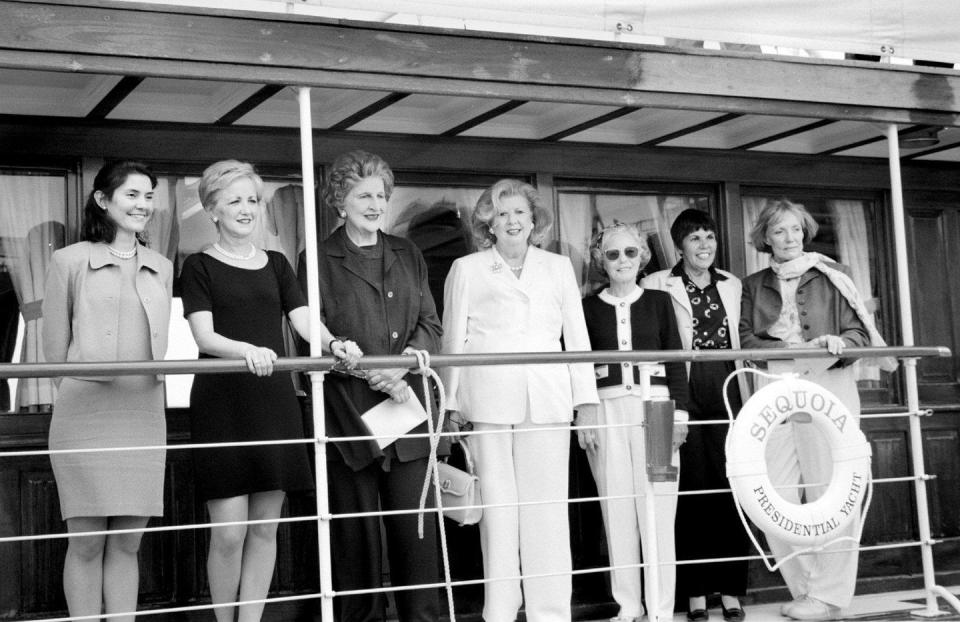
Roxanne Roberts, a Washington Post reporter says, “They are the ghost writers of the entertaining world. Their job is to assist the First Lady or Second Gentleman—whoever is in charge—on entertaining at the highest level.”
The newest person to take on this challenge is Carlos Elizondo. He’s one of the most experienced to take on the job; he was special assistant to Barack Obama and was the social secretary to President Biden and Jill Biden during the eight years he was Vice President. He organized then Vice President Biden’s annual beach party for journalists where Biden was known to chase kids around with Super Soakers. He’s also the first Hispanic-American, and only the second man, to hold the job.
Elizondo has managed to keep his personal life largely quiet, but those who know him sing his praises. “Carlos is divine,” says Rickie Niceta, who was social secretary for President Trump. “He knows exactly what he’s doing, he has wonderful taste, is a lovely person, is gracious, and is real. He knows the President and First Lady so well that he can make everything seamless for them.”
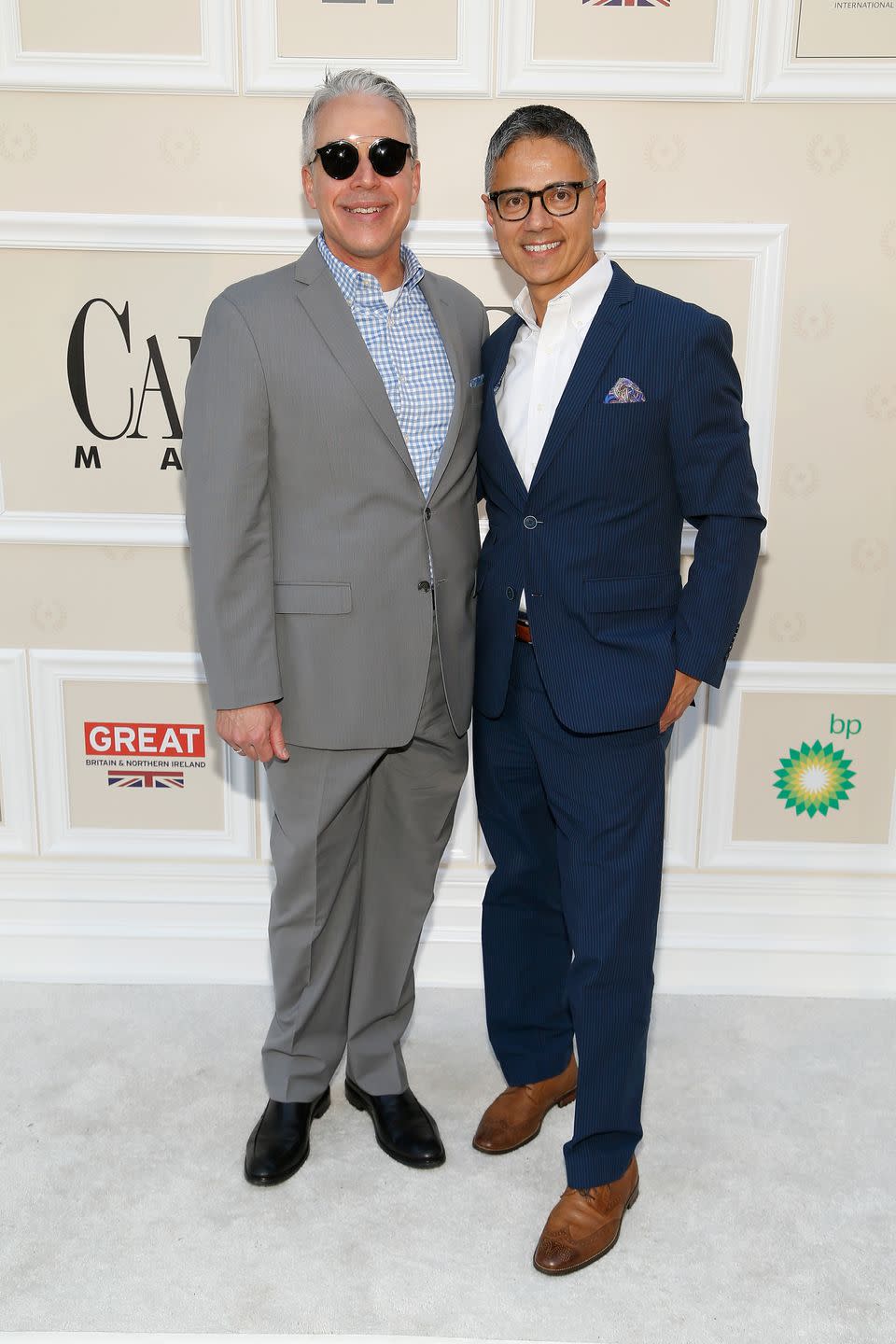
It’s a job only a select few can master. “The history of the social secretary's role is to be the host of the nation,” says Christina McDowell, whose upcoming novel The Cave Dwellers is a kind of D.C. version of Bonfire of the Vanities. Belle Hagner was the first social secretary to implement the role as a real, salaried job. This was under President Theodore Roosevelt. Her niece Helen Ray Hagner started The Social List of Washington D.C., a kind of who’s-who of prominent Washington area families mixed with some protocol advice that's locally known as the Green Book, in 1930. It is still published annually and features in McDowell’s book. “Helen understood with the unique social climate of Washington," McDowell says. "There's a revolving door every four to eight years, so we might as well have a list of those people who have deep generational roots, diplomats, military families, all the different social sectors.”
Letitia “Tish” Baldridge, who was Jacqueline Kennedy’s social secretary—they had met at Miss Porter’s and both attended Vassar—is perhaps the best known holder. of the job; she went on to write numerous etiquette books spanning the 1950s to 2007. After she died in 2012, the Washington Post ran a story on her great attention to the detail, and how no project was beneath her. During one redecoration at the White House, President Kennedy complained of a bad smell. Baldridge took it upon herself to track it down and found a painter who was bringing his own limburger sandwiches to work.
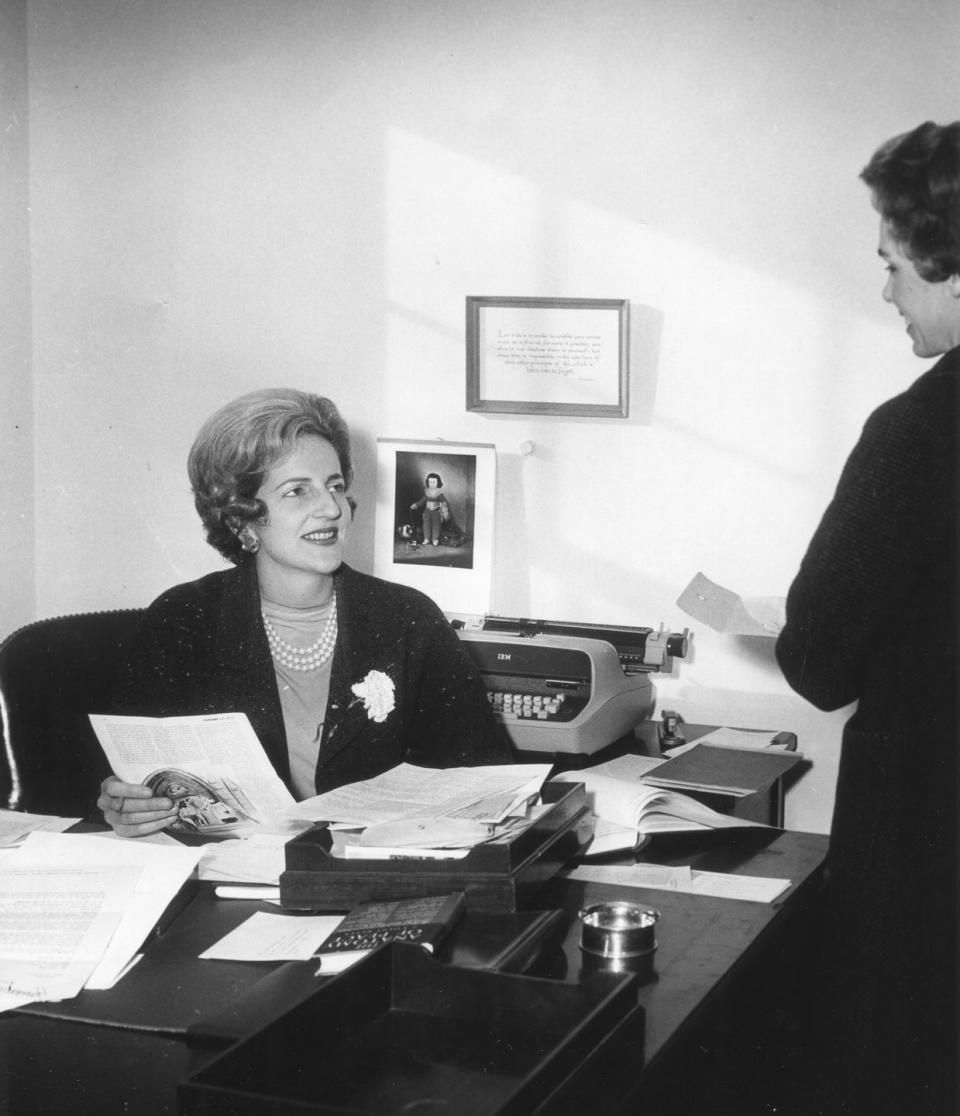
When Berman got the job, Baldridge, who acted as a kind of den mother to the secretaries, called her with a pep talk. “Tish said. ‘You will survive and get through this and will be fine.’” The former social secretaries make up a kind of bipartisan secret society. “You never want to say support group because that sounds like we're damaged,” says Niceta, who added she would gladly start a business with any former secretary. “A sorority,” Berman calls it, although when Jeremy Bernard became the first male social secretary in 2011 for Michelle Obama, it became the rare job that men had to break into.
Typically, a social secretary might simply be known for their good taste and close relationship to the First Lady, or they may have been veterans of the event world (like Niceta or Berman). “If you look at the different socials, they often differ within the administrations. The Obama social secretaries certainly don't fit into the mold: we’re not from established families, or whatever the old guard way of doing it was,” says Bernard.
The Obamas wanted a White House staff that reflected their approach to inclusion. When Berman was interviewing with Michelle Obama, wasn’t asked about china patterns or calligraphy but rather what was the first thing people should feel or see when coming to the White House. “Someone goes through a lot to get through those gates, they have to give really personal information,” says Berman. “I said the most important thing was the feeling of welcome the moment you get through that.”
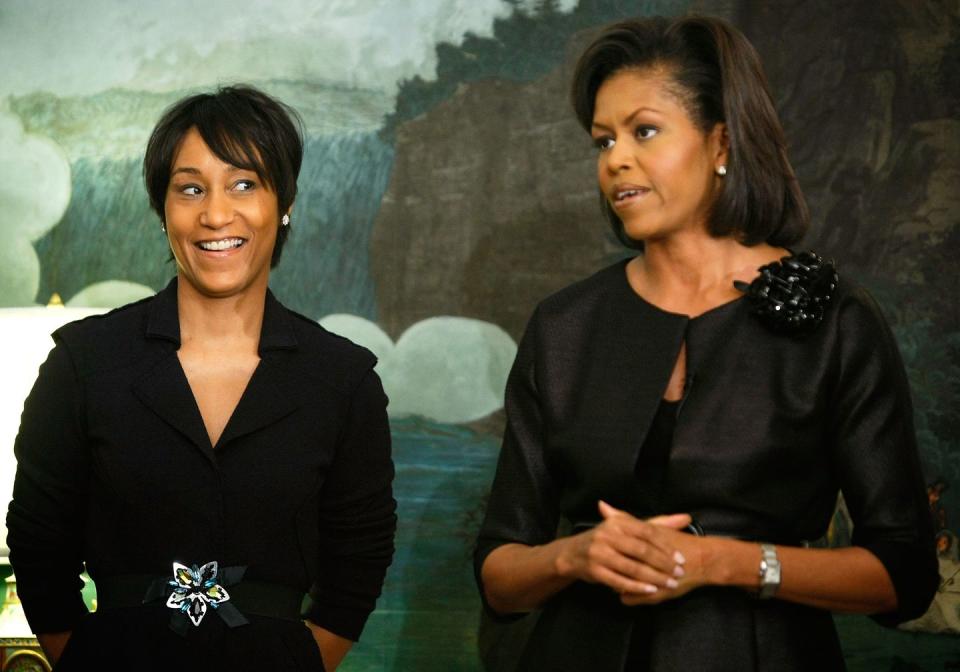
Social secretaries like to think of themselves as behind the scenes types. “The best social secretaries are the ones you never hear about,” says Berman. Making oneself the story is the biggest pitfall of the job.
Such was the case with the closest thing the position has had to a scandal. In 2009, Desirée Rogers, a Chicago executive and fundraiser, was the first social secretary for the Obama administration. She was beautiful and glamorous and, true to the spirit of the moment, wanted to do things her own way. “Her entry into Washington was paved with an unusually high profile. She was a very elegant woman—truly elegant—but she didn't understand the specific role,” says Roberts, who interviewed her, asking if, per tradition, she had contacted past holders of the position. “You need to know the size of the kitchen, the florist, what you need to hire out. She was sort of like, ‘Nah, not really interested, I have my own ideas,’” says Roberts.
In November 2009, at a state dinner for the prime minister of India, an uninvited couple (Tareq and Michaele Salahi, who later appeared on the DC franchise of The Real Housewives) managed to gatecrash the party. It was a security issue but Rogers, who had let herself be a guest at the dinner, ended up bearing some of the blame. She stepped down a few months later.
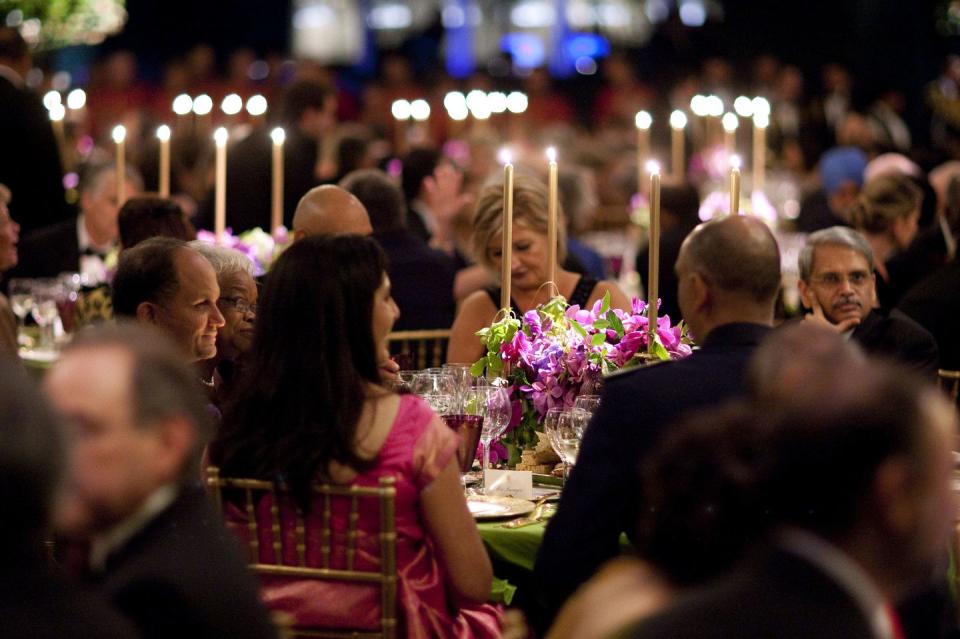
Susanna Quinn, an entrepreneur and DC entertainer, says the job is deceptively hard. “People think it's what china and tablecloths and menus to use but it involves so much more research and intelligence than that.” Consider just the art of seating arrangements. It’s not just bruised egos at state but could be the locus for an international event. “It’s like being a wedding planner every day,” says writer and legendary Georgetown hostess Sally Quinn. “But if an ambassador doesn't get properly seated it can cause international friction, or a big donor who won't want to give any more money if they don't get a seat they like.”
The good social secretaries are very good at saying no, politely. Niceta reports that for a state dinner for President Macron of France, there was a lot of angling for a seat. “Suddenly everyone speaks French or has a French relative,” she says. “It’s a good thing you’re not allowed to accept flowers or gifts. I always thought, funny, suddenly you're so desperate to have dinner with me. it's nice to come home and be with your children and watch 20/20 on a Friday night.”
Every administration has a different approach to entertaining. The Clintons were known for staying late, but the Obamas, with their young daughters, liked to leave early. The Reagans loved to hold events and the Trumps were known to be insular. The Kennedys’ parties were so good people were said to dance on tables. So what will Biden’s White House entertaining look like post-pandemic, and post-Trump? “This is such a sober time,” says Quinn. “It'll be like the rest of the administration: calm.” Roberts has reported on the President and First Lady for years. “The Bidens are not overly formal people but they're not opposed to black tie. “The White House will be proactive in welcoming people—both foreign and citizens—to show we’ve returned to diplomacy, graciousness, inclusivity.”
Niceta and the cadre of past social secretaries want to welcome Elizondo in a way that doesn’t feel too stressful and is suitably safe. Probably over Zoom, but maybe with signature cocktails sent over so they can coordinate their toast. They are social secretaries, after all. They can’t help but pay attention to the details.
You Might Also Like

